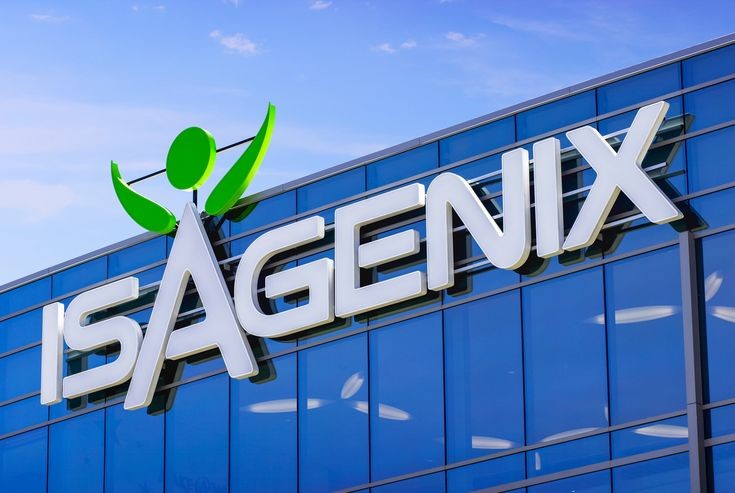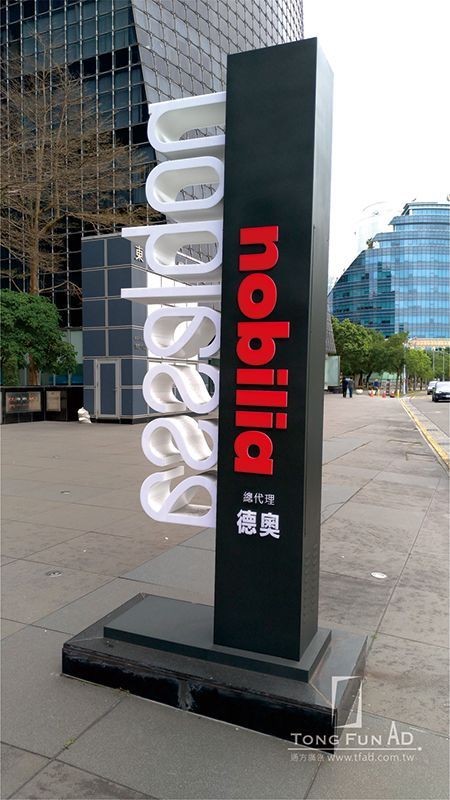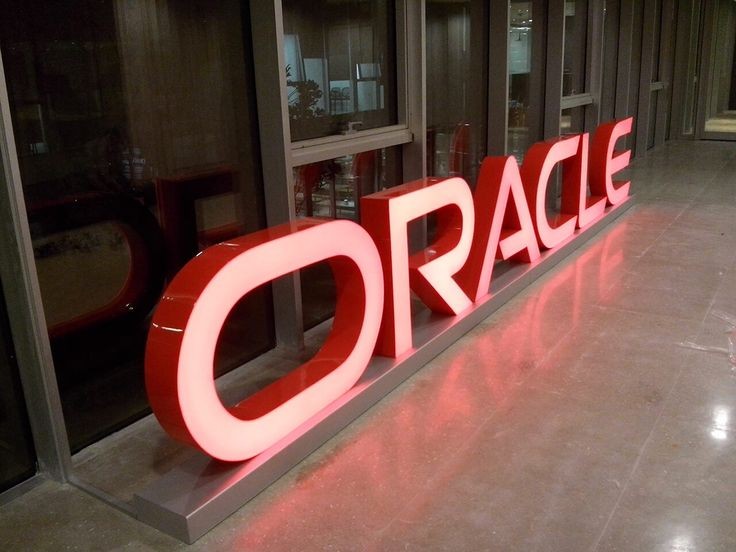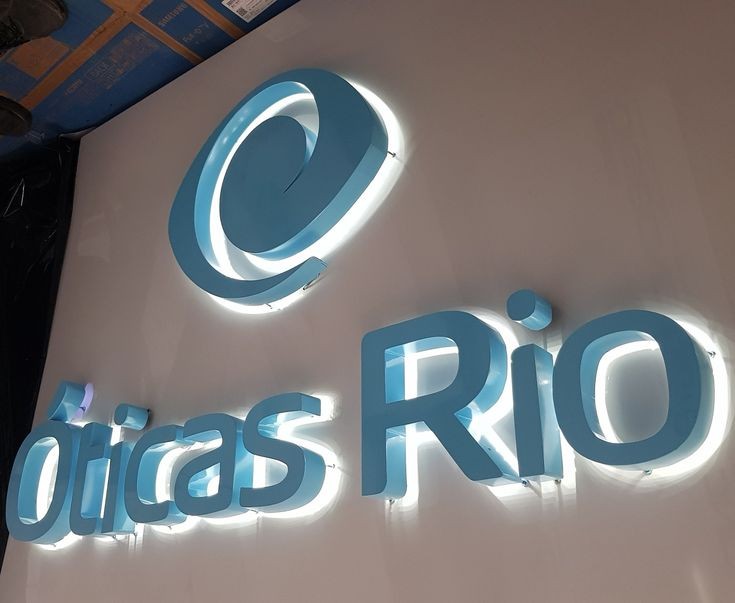Signage is more than just a display of words and symbols; it is a strategic tool that serves multiple purposes, from directing traffic to building brand identity. Signage helps businesses and organizations communicate important messages to customers and visitors, providing guidance, enhancing brand visibility, and creating an atmosphere that reflects brand identity. This article covers the core purposes of signage and why it remains an essential asset for any establishment.
Directing and Navigating
One of the primary functions of signage is to guide and direct people, ensuring they find their way around with ease. Wayfinding and directional signage are essential in locations like shopping malls, airports, hospitals, and office complexes, where people need clear instructions to navigate.
Efficient Wayfinding
Directional signs make it easy for people to move through unfamiliar spaces by clearly marking locations and points of interest. With effective wayfinding signage, people can find their destinations without confusion, which improves their overall experience and reduces frustration.
Minimizing Overcrowding
In places with heavy foot traffic, clear directional signage helps streamline movement and prevents congestion by guiding people to alternate routes or less crowded areas. This is especially useful in large public spaces like stadiums or amusement parks.


Enhancing Safety
Safety signage is essential for directing people to emergency exits, first aid stations, or hazard areas. In case of an emergency, such as a fire or evacuation, clear signage can be life-saving by showing people the fastest and safest routes to exit or seek help.
Informing and Educating
Another key purpose of signage is to inform and educate the public about specific information or events. Informational signage is commonly used in various settings, including retail, museums, transportation hubs, and public buildings, to provide clear, concise details that people need.
Product Information and Descriptions
In retail settings, signs are often used to provide details about products, such as specifications, benefits, or prices. Informative signage in stores helps customers make informed purchasing decisions by offering valuable product information at a glance.
Historical or Cultural Context
In museums or historical sites, informational signs provide context, explaining the significance of exhibits, artifacts, or landmarks. This helps visitors gain a deeper understanding and appreciation for the history or culture being presented.
Event and Schedule Information
In event spaces, signage often provides information on event schedules, ticketing, and entry points. This helps attendees stay informed and engaged, allowing for a smooth and organized experience at concerts, trade shows, or community gatherings.
Enhancing Brand Visibility and Recognition
Signage plays a significant role in brand visibility, helping businesses stand out and establish a strong brand identity. From storefront signs to vehicle wraps, branded signage is a vital part of marketing and communicating the company’s personality to potential customers.
Building Brand Identity
A well-designed sign reflects a brand’s values, style, and purpose. For example, a minimalist sign with clean fonts and neutral colors might convey sophistication, while a colorful, bold sign could indicate a fun, creative brand. Consistent use of colors, fonts, and logos helps reinforce brand recognition, making the brand more memorable.
Increasing Brand Awareness
Signage placed strategically in high-traffic areas can expose a brand to a larger audience, increasing brand awareness. Businesses like restaurants, retail stores, or hotels use exterior signs to attract new customers and create familiarity, especially when potential customers repeatedly see the logo or name in their everyday surroundings.
Promoting Services and Offerings
Signs are a powerful way to advertise specific products, services, or promotions. Promotional signage, such as banners or window decals, draws attention to sales, discounts, or special events, helping drive customer interest and increase foot traffic.
Establishing an Inviting and Engaging Atmosphere
In addition to functionality, signage can help set the tone and ambiance of a space. This is especially important in settings like hospitality, retail, or corporate offices, where the environment plays a key role in the customer experience.
Creating a Welcoming Environment
Signage with friendly language and a visually pleasing design can make an environment feel more inviting. For instance, a hotel lobby may use warm, welcoming signs to greet guests, while a boutique store might have stylish signs that reflect its unique aesthetic.
Setting the Tone
The design of signage can set the tone for the entire space. For example, a coffee shop with handwritten chalkboard signs might create a cozy, artisan vibe, while a high-end jewelry store with metallic, polished signs might convey luxury and elegance. These subtle cues in signage contribute to the overall atmosphere, enhancing the customer experience.
Inspiring Customer Interaction
Some businesses use interactive or themed signage to engage customers in fun ways. For example, a sign with a clever tagline or an inspiring quote can create a memorable moment, while interactive signs in retail stores encourage customers to engage with displays, creating a deeper connection with the brand.
Improving Accessibility and Inclusivity
Signage is essential for ensuring that all visitors, including those with disabilities or language barriers, can navigate and engage with a space independently. Accessible signage demonstrates inclusivity and a commitment to providing equal access for everyone.
Braille and Tactile Signage
Adding braille to signs helps people with visual impairments navigate independently. Braille and tactile signs are often found in public buildings, hotels, and restrooms, ensuring accessibility for all individuals.
Multilingual Signage
In multicultural or tourist-heavy locations, signs in multiple languages help bridge communication gaps, allowing more people to understand and follow instructions or information. Multilingual signs are common in international airports, tourist attractions, and healthcare facilities.
ADA-Compliant Signage
Signage in public spaces often follows ADA (Americans with Disabilities Act) guidelines to accommodate individuals with disabilities. This includes considerations like size, contrast, font, and placement, making signage readable and accessible to people with a range of abilities.
Increasing Sales and Promoting Products
Signage is an effective tool for driving sales and increasing customer engagement with products or services. Retailers and restaurants, in particular, use signage to promote offers and encourage customers to explore their products more fully.
Highlighting Promotions and Deals
Promotional signage helps capture customers’ attention by showcasing discounts, limited-time offers, or bundled deals. Retailers often place these signs strategically near entrances or specific product displays to boost interest and sales.
Upselling and Cross-Selling
Signage that highlights related products or upgrades can encourage customers to make additional purchases. For example, a sign next to a coffee machine in a cafe may suggest adding a pastry, while a sign near a phone display might recommend accessories like cases or screen protectors.
Encouraging Impulse Buys
Point-of-sale signage near checkout counters is a proven way to encourage impulse purchases. These small, eye-catching signs often promote quick, low-cost items like snacks or travel-sized products, increasing the likelihood of a last-minute sale.
Conclusion
The purpose of signage extends beyond merely marking locations or displaying brand logos; it serves as a powerful communication tool that guides, informs, and enhances customer experiences. From helping people navigate spaces to building brand awareness, signage plays an integral role in creating functional and welcoming environments. By investing in well-designed, purposeful signage, businesses and organizations can improve accessibility, foster brand recognition, and create meaningful interactions with customers. Whether it’s a directional sign, an informational display, or a promotional banner, effective signage contributes to a smooth, engaging, and memorable experience that benefits both the brand and its audience.




